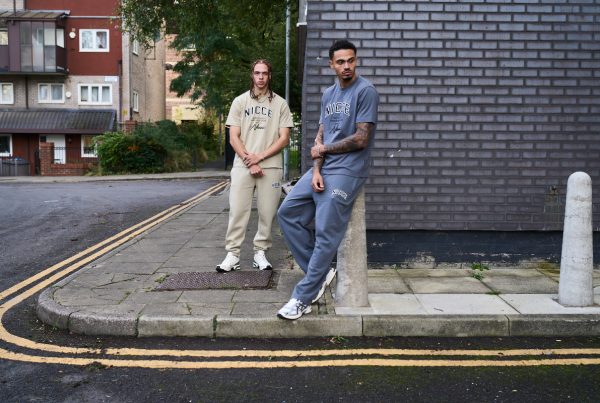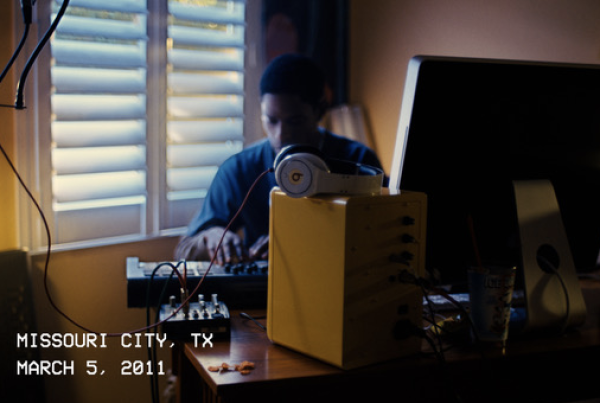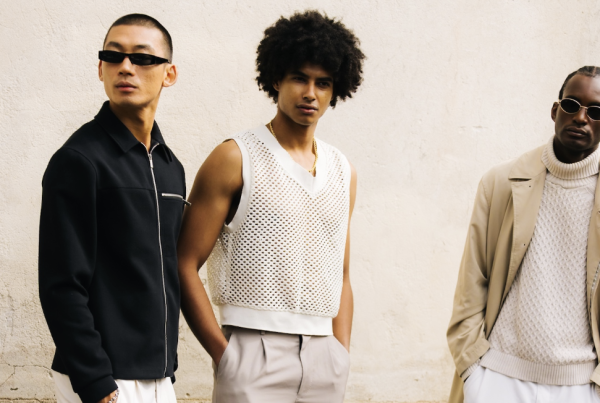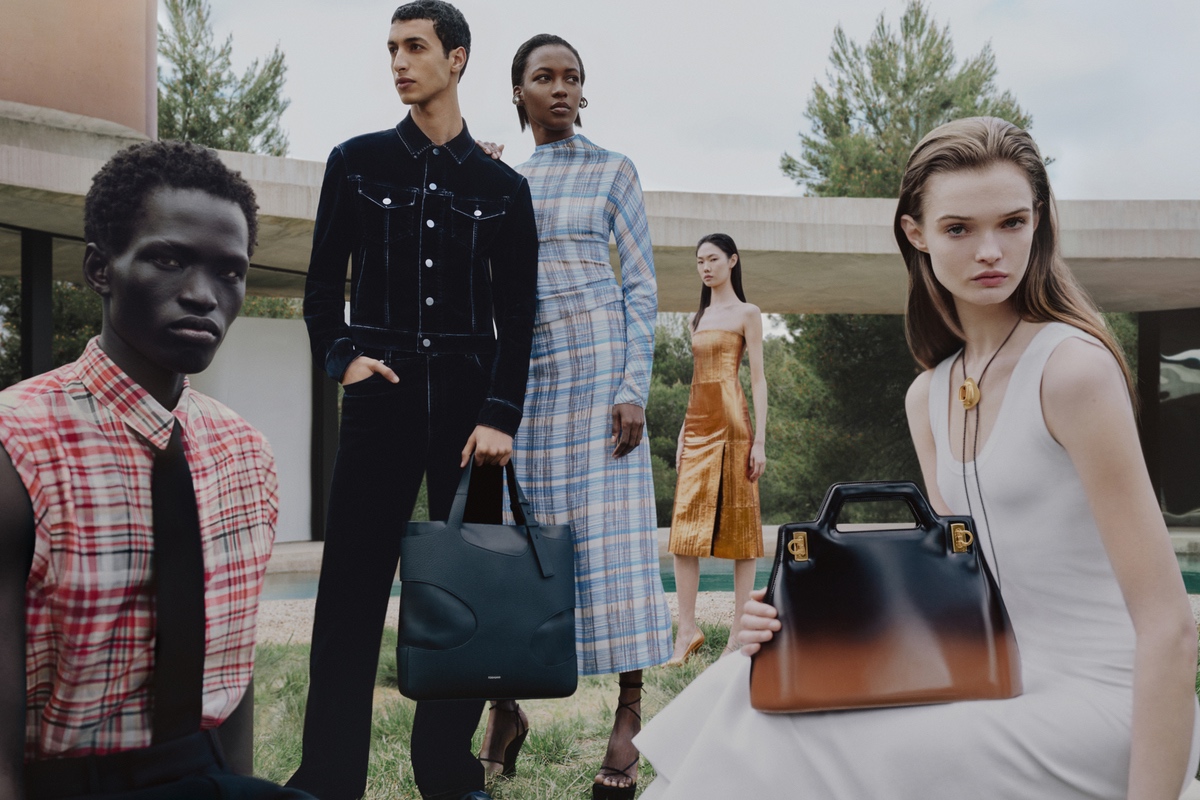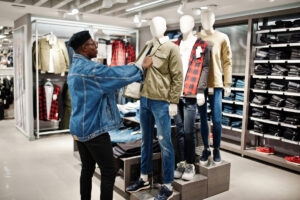
Many retailers tend to underestimate the significance of retail lighting design because they think it merely serves to provide light. Creating the perfect atmosphere to ensure your customers have a positive experience in your retail store is crucial, and lighting is a part of the buying journey.
The in-store shopping experience for consumers comprises various factors, such as service etiquette and the brand’s contact points with the consumer. However, ignoring lighting design’s critical role in enhancing the customer experience and fostering brand loyalty can be the difference between a sale and failing to convert a purchase.
The appeal of your store to customers can be significantly impacted by lighting, which is an essential component of visual merchandising. In addition to the layout, the lighting design is necessary for visibility and drawing customers inside your establishment, ultimately boosting sales.
The Importance of Lighting Design in Retail
Well-placed lighting can expand your retail space and better showcase your merchandise and marketing efforts. It can create depth and height, set the right tone for your product and store, and highlight your best features. Finding the right balance between light and shadow can breathe new life into your interior. Proper lighting makes your products look more attractive and stylish.
Lighting Design That Saves Energy
The retail industry is a significant energy consumer, but energy efficiency is achievable despite it seeming impossible for many businesses. When designing your retail store, take the time to find out about energy prices in the retail sector and opt for energy-efficient lighting that saves you money.
LED displays are a good example of energy-efficient lighting. They effectively highlight specific posters or products in the store using backlighting and accent lighting with LED lights. Although LEDs may cost more initially, they are a better long-term financial investment.
Retailers have several energy-efficient options when planning new or updated lighting, including incandescent, halogen, fluorescent and LED. Choose long-lasting, versatile, energy-efficient lighting to reduce energy and maintenance costs in the long term. The initial investment will also ensure a quick return.
Striking the Right Note With the Right Lighting
Lighting can affect people’s emotions, which also impacts their buying decisions. Warmer tones encourage familiarity and intimacy, while cool white lighting gives the impression of space. Warm tones characterise a low colour temperature, whereas blue lights have a high colour temperature.
Besides selecting the right lighting colour tones, it’s important to consider fixture placement when creating your lighting design. Make sure the lighting highlights what your brand is about and its products. Try out different lighting options that fit the vibe and energy of your brand.
For instance, accent lighting is used with narrow beam angle fixtures to draw attention to luxury shoes and the latest sneaker releases. Using the proper lighting fixture highlights and displays the shoes.
A cohesive and unified lighting design for a store is achieved by combining and selecting colour temperatures and the right type of lighting. It has a sizable effect on the room’s overall design and sets the tone and mood.
Four Types of Lighting for Retail
Four types of lighting are often combined and strategically balanced to create the perfect atmosphere and effectively showcase products and displays.
Task Lighting
Task lighting is explicitly used in places that need more light and has a functional purpose. Workspaces like checkout counters, customer service desks, and consultation areas become more practical.
Additionally, task lighting is used in dressing rooms to provide sufficient frontal lighting, helping consumers determine the fit of the clothes. Task lighting examples include desk lamps, pendants, and suspended hanging lights.
Ambient Lighting
Ambient lighting will be the store’s primary illumination source, creating a warm atmosphere. The lighting dramatically impacts the mood and customer behaviour in a retail space. Monitoring lighting levels and avoiding any mistakes that might interfere with the atmosphere is crucial for keeping it at the desired level.
It doesn’t necessarily imply that you should turn the lights down or turn them up too bright. Instead, the amount of natural light, the size of the space, and the height of the ceilings should all be considered when deciding on the right brightness level for the store to strike the right balance to create the desired ambience.
Accent Lighting
Accent lighting can highlight specific areas to direct customers to priority products. Grab attention by shining a light on the newest or discounted products. This creates a story in the customer’s mind and highlights the product’s or device’s importance in the customer journey.
This versatile light display allows you to create different light patterns in your store. Strategically placed lighting can direct customers to specific areas of the store. This will help draw attention to what you are selling, create visual interest in the display, and ultimately increase sales.
Decorative Lighting
While accent, ambience, and task lighting are excellent for practical uses, decorative lighting is all about elevating the visual appeal for your customers. It offers a pleasing visual environment.
Adding decorative lighting, your store can exude sophistication, uniqueness, flair, and creativity. Visual design is crucial, whereas the lighting is less significant in this case. Customers may be strongly affected by this type of lighting, especially during the holiday season.
Final Thoughts
The right lighting is essential to create the right mood, enhance functionality and improve the interior design of a retail store, all of which can influence sales. Despite its importance, lighting is often overlooked in retail environments.
Keeping your lighting energy efficient is important to keep costs down, but more importantly, it should complement the style and energy of your store. For the latest trends and fashion news, visit https://pausemag.co.uk/.

